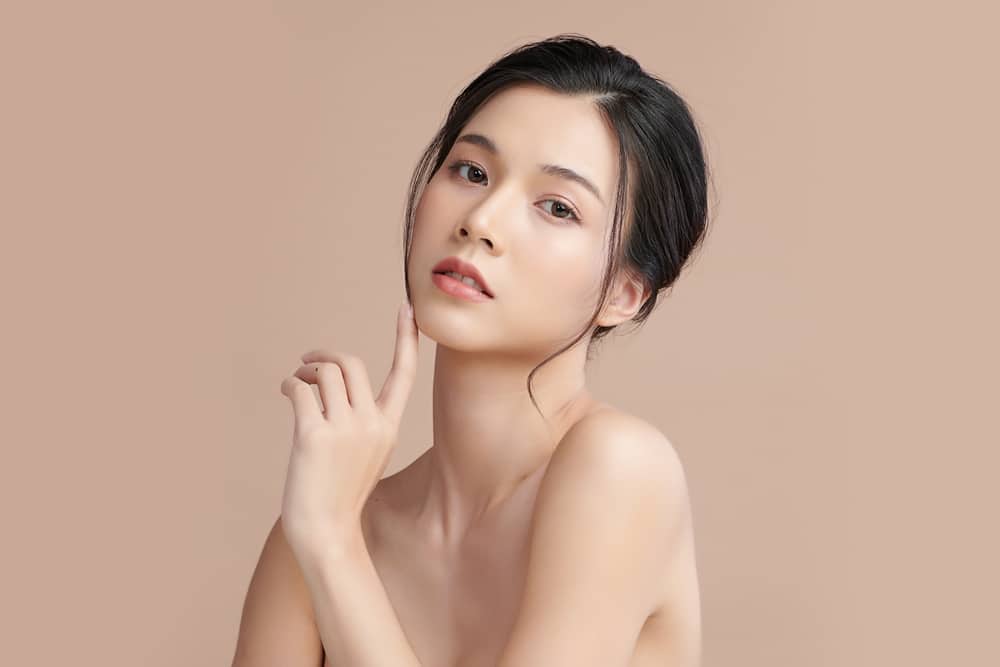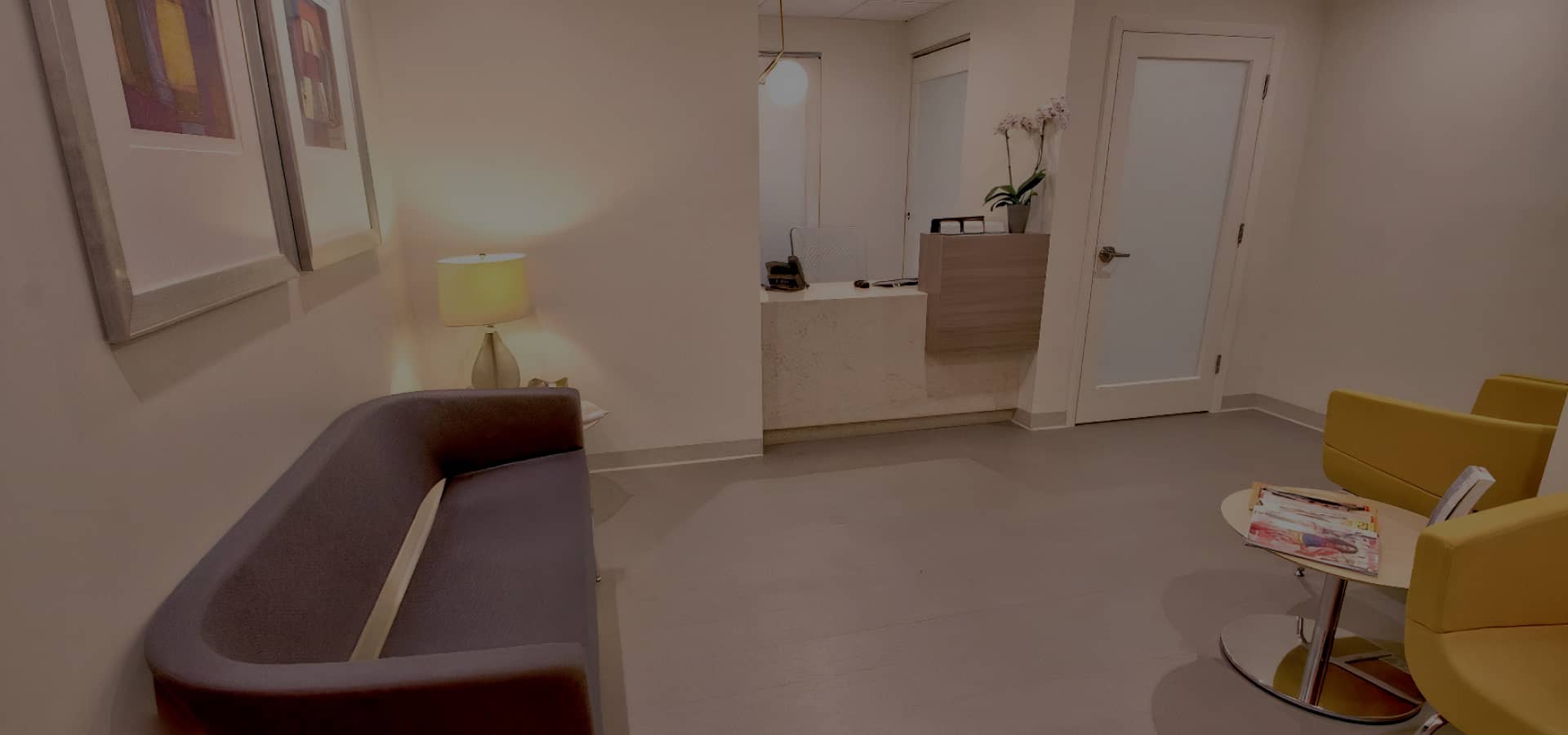Ever wondered how the world of nose reshaping has evolved? Our discourse revolves around the rapidly growing field of non-surgical Asian rhinoplasty. This modern approach to altering the nasal structure particularly resonates with Asian populations, owing to a harmonious blend of minimal invasiveness, tailored techniques, and impressive results.
The Rising Preference for Non-Surgical Rhinoplasty among Asians
In recent years, the non-surgical approach to rhinoplasty has become increasingly popular among Asian populations. Performed by Dr. Bared, this revolutionary technique relies on dermal filler injections to reshape and remodel the nose with minimal invasiveness. This liquid rhinoplasty procedure offers a viable alternative for those who wish to avoid the risks associated with a cosmetic surgical procedure yet still desire to achieve aesthetically pleasing facial harmony. This type of non-surgical nose job is particularly suitable for those seeking to address crooked noses, wide nasal bridges or humps, and other variations in nose shapes without undergoing full rhinoplasty surgery.

Understanding Asian Nose Structures
Understanding the unique properties of Asian nose structures is essential to achieving satisfactory results in non-surgical Asian rhinoplasty. This procedure involves the use of dermal fillers or injectable fillers to achieve a liquid nose job, making it far less invasive than traditional nose surgery. Our experienced facial plastic surgeon, Dr. Bared, carefully considers the patient’s nasal structure and appearance before selecting the most suitable filler product to reshape the nose bridge, remove a nasal hump, or improve nasal breathing. Additionally, he ensures minimal disruption to blood vessels by using advanced injection techniques to ensure safety and accuracy during the procedure.
Additionally, board-certified plastic surgeon Dr. Bared is well-versed in working with caucasian noses and can easily identify asymmetries and other imperfections that may require correction. Patients who desire an improved aesthetic without undergoing full rhinoplasty surgery may opt for this non-surgical approach as it enables them to receive subtle adjustments on their drooping nasals or raise their tips without going under the knife.
Ensuring Balance: The Role of Nasal Bridge and Base Contouring

The key to achieving facial balance lies significantly in contouring the nasal bridge and base. The nasal bridge, a central feature of the face, can often be overshadowed by a pronounced dorsal hump or wide nostrils. Refining the nose through careful contouring can greatly enhance overall facial equilibrium.
This delicate art demands precision to ensure that the contoured nose complements other facial features, skillfully balancing proportions. Done right, contouring the nasal bridge can refine angles, subtly reshape the base, and modulate the width of the nostrils to fit individual facial anatomy.
Addressing the nasal base equally is essential in contouring. Modification of the base dictates, to a large extent, the perceived width of the nostrils and, by extension, the harmony of the contoured nose with the rest of the face. Reengineering the base enhances facial balance, creating a coherent and attractive aesthetic.
The Process: How Non-Surgical Nose Reshaping Works on Asian Patients
Non-surgical nose reshaping, also termed a non-surgical nose job, presents a favored alternative to traditional rhinoplasty. It begins with a consultation where the practitioner discusses desired outcomes and assesses the nasal bone structure.
The core of a non-surgical nose job relies on using hyaluronic acid fillers, a biocompatible substance, to make precise adjustments to the look of the nose. We inject a suitable quantity of it into targeted regions, subtly altering the shape and angle.
The treatment time is generally under half an hour, differing significantly from surgical techniques utilized in traditional rhinoplasty. The effects of nonsurgical rhinoplasties are immediately visible and carry virtually no downtime. However, bear in mind that this is a less permanent solution than the surgical options, with results typically lasting between 6 to 18 months.
Like any procedure, it carries risks, and it’s crucial to choose an experienced professional to minimize these.
The Realities of Recovery after a Non-Surgical Asian Rhinoplasty
When it comes to non-surgical rhinoplasty, minimal downtime is often touted as one of its major advantages. However, it’s important to grasp what ‘minimal downtime’ truly means. Patients can expect a recovery period typically stretching 1 to 2 weeks, during which certain activities may need to be restricted.
That said, each individual’s recovery timeline can vary based on various factors. This ranges from the patient’s overall health and the procedure’s extent to their body’s unique healing ability. Given this, it’s wise to anticipate downtime and make necessary accommodations.
Returning to normal activities post-recovery is not an overnight affair. Though physical discomfort subsides fairly quickly, resuming strenuous activities or impact sports can be riskier. It is advisable that patients listen to their bodies and gradually reintegrate into their normal activities.
Remember, the key to a successful recovery and minimal downtime lies in following the post-treatment guidelines provided by your medical professional. Don’t rush your healing process; give yourself enough time to bounce back fully.

Who Are Ideal Candidates for Non-Surgical Asian Rhinoplasty?
Non-surgical Asian rhinoplasty is a great option for those looking to improve their nasal appearance without surgery. This gold-standard cosmetic procedure uses facial fillers to reshape and refine the nose, enhance the facial profile, and correct droopy nasal tips and any nasal asymmetries. It is an ideal choice for those seeking to subtly enhance their facial features without undergoing invasive surgery.
The Longevity of Results and Touch-Up Injections
Longevity is a key advantage of non-surgical rhinoplasty. Natural-looking results from this procedure might persist for 12 to 18 months, thanks to the hyaluronic acid fillers utilized. However, maintenance is necessary to meet your cosmetic goals. Touch-up injections usually become necessary after this time frame, maintaining the shape and structure of the nose.
Touch-up injections guarantee consistent, natural-looking results. While a non-surgical nose job doesn’t offer permanency, it gives flexibility. You can adjust your appearance to changing beauty trends or personal preferences. Hyaluronic acid, a widely used filler, gets gradually absorbed by your body, hence these follow-ups.
Remember, the exact longevity of results varies from one individual to another. It depends on factors like the type of fillers used, the individual’s body reaction to those fillers, and their cosmetic expectations.
Ultimately, The Choice Is Yours: Non-Surgical vs Surgical Rhinoplasty
The decision between non-surgical and surgical rhinoplasty ultimately boils down to personal choices and needs. Non-surgical rhinoplasty procedures are gaining popularity among those seeking a change with less commitment. They offer a temporary solution to cosmetic issues and allow flexibility if your preferences for your facial features change over time.
Surgical rhinoplasty, on the other hand, provides a permanent solution to address both cosmetic and functional issues. Customized to each individual’s facial features and personal preferences, it’s ideal for those who want a significant change. Asian rhinoplasty, a type of surgical approach, is tailored to create a natural, balanced look.
Don’t press pause on your beauty enhancement journey just yet! Consult with Dr. Anthony Bared, an expert in facial plastic surgery, and take that transformative step. With extensive experience and a profound understanding of diverse features unique to each ethnicity, he can guide you through a personalized approach to non-surgical Asian rhinoplasty to achieve balanced, natural-looking results. Schedule a consultation today and achieve your desired aesthetic profile.

